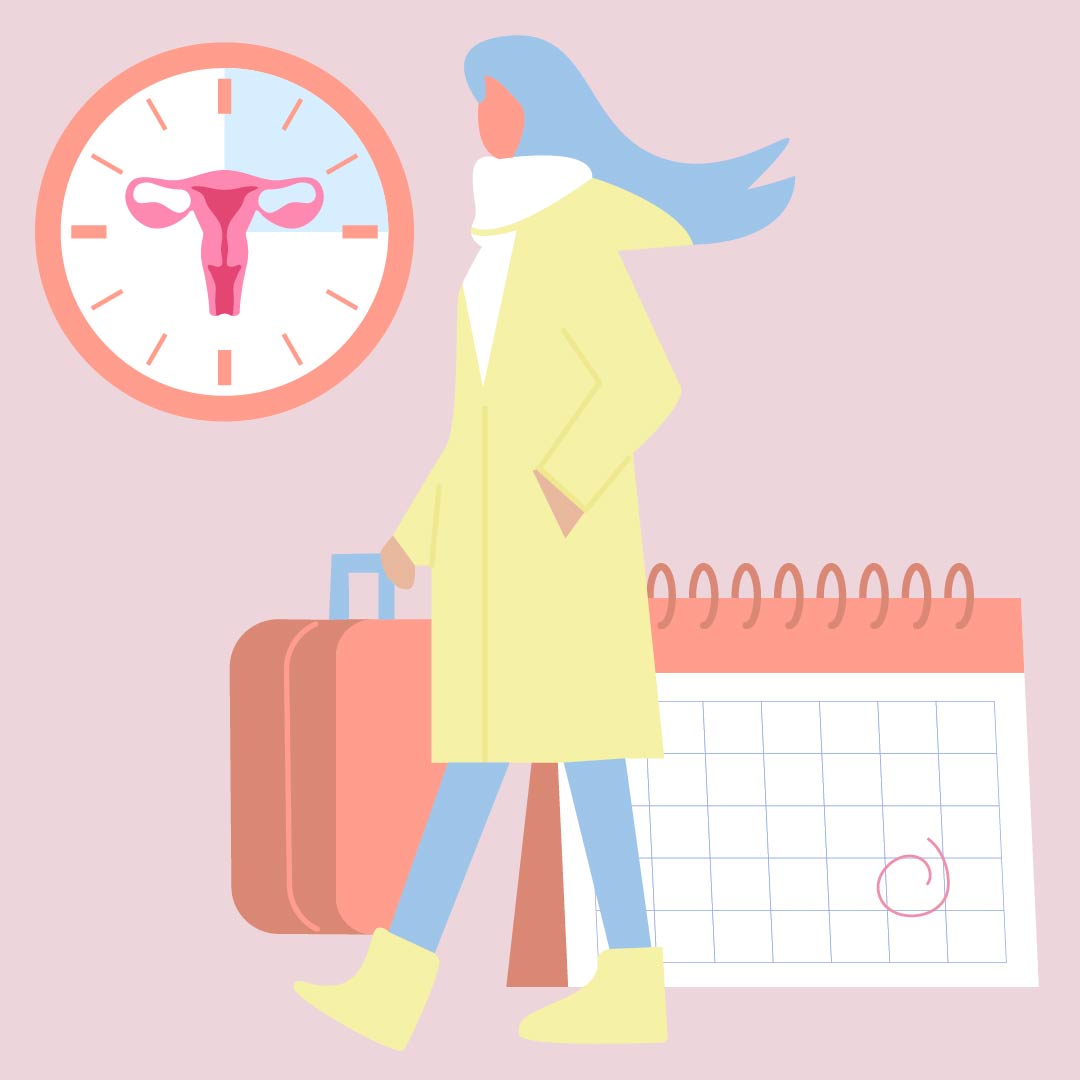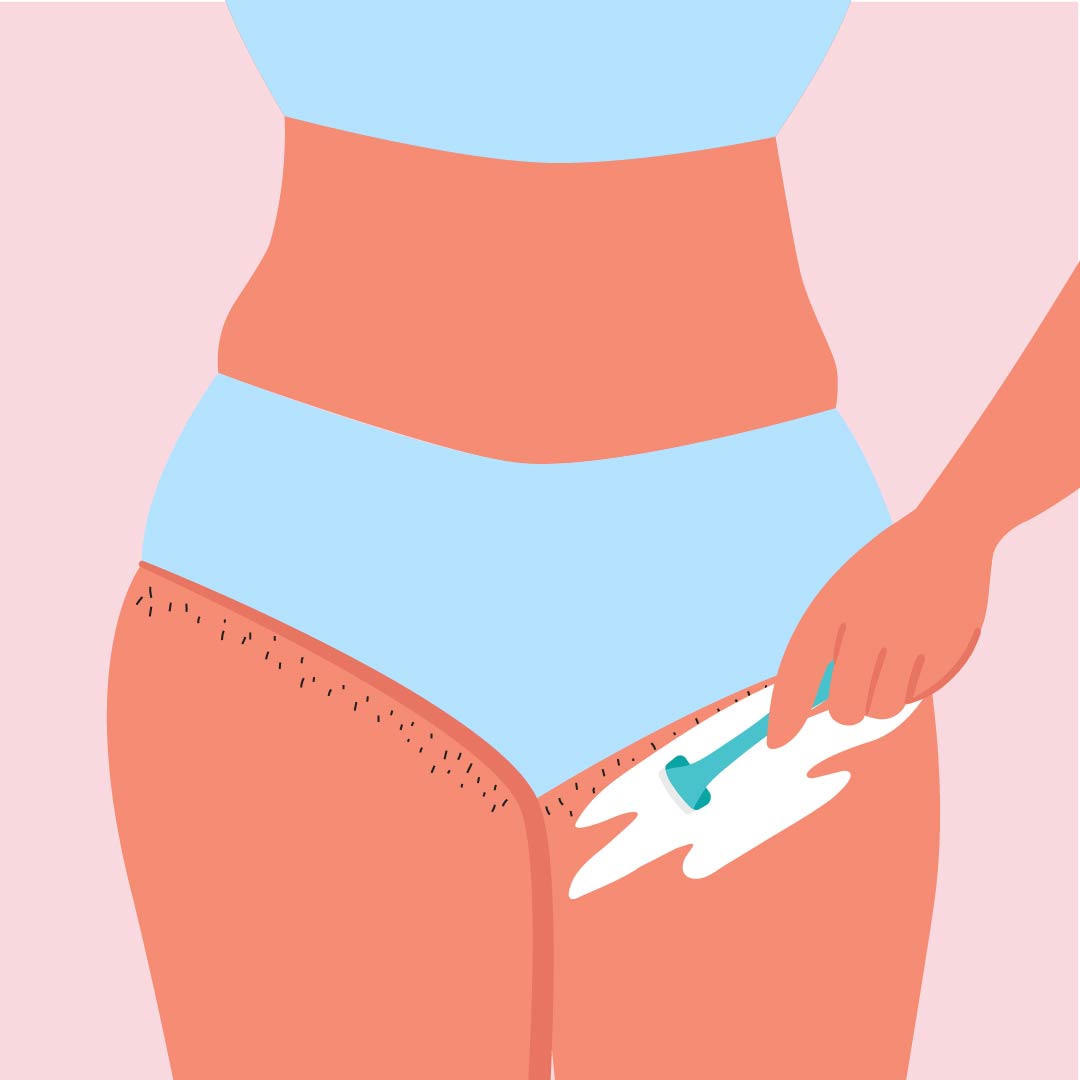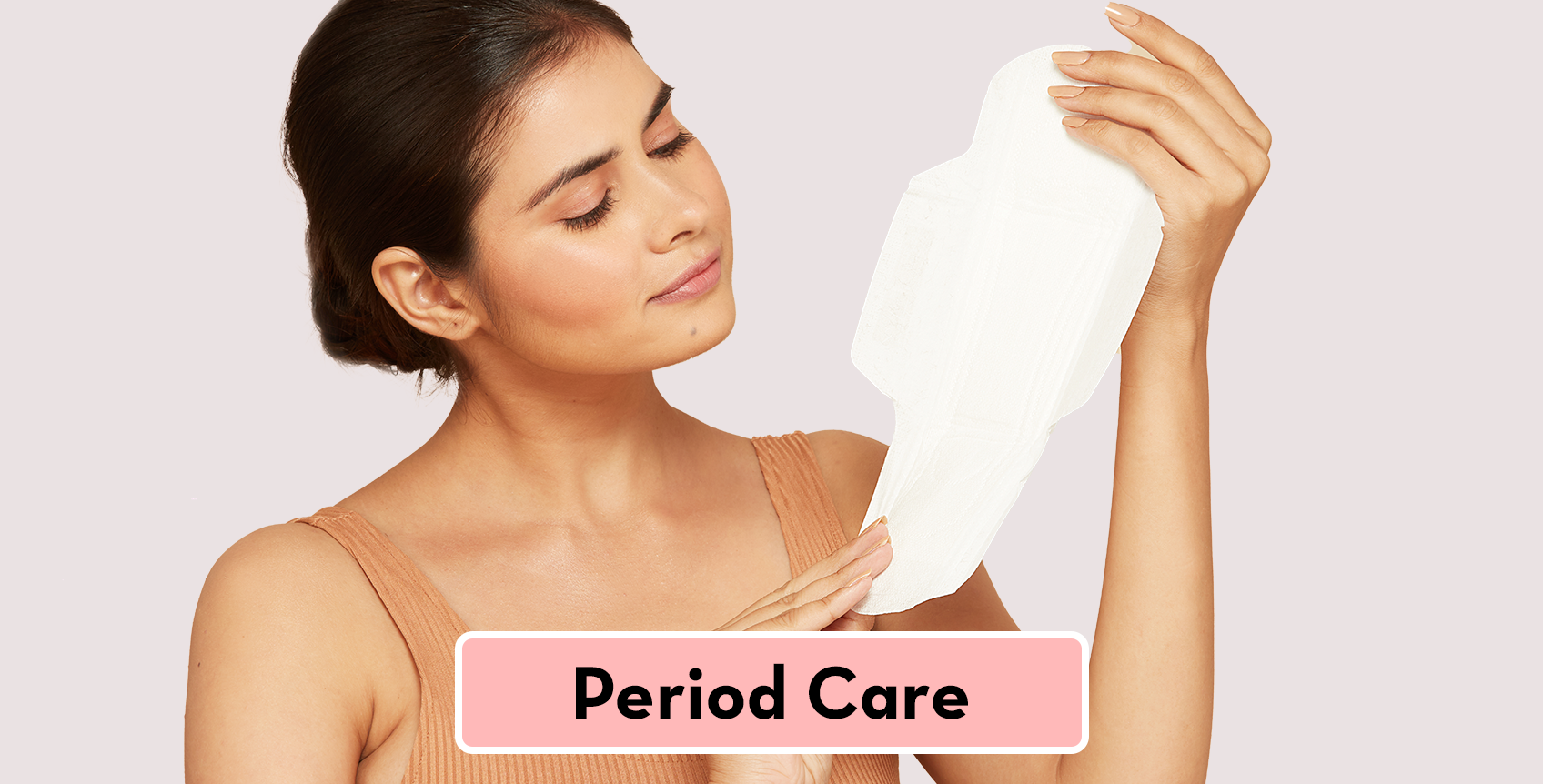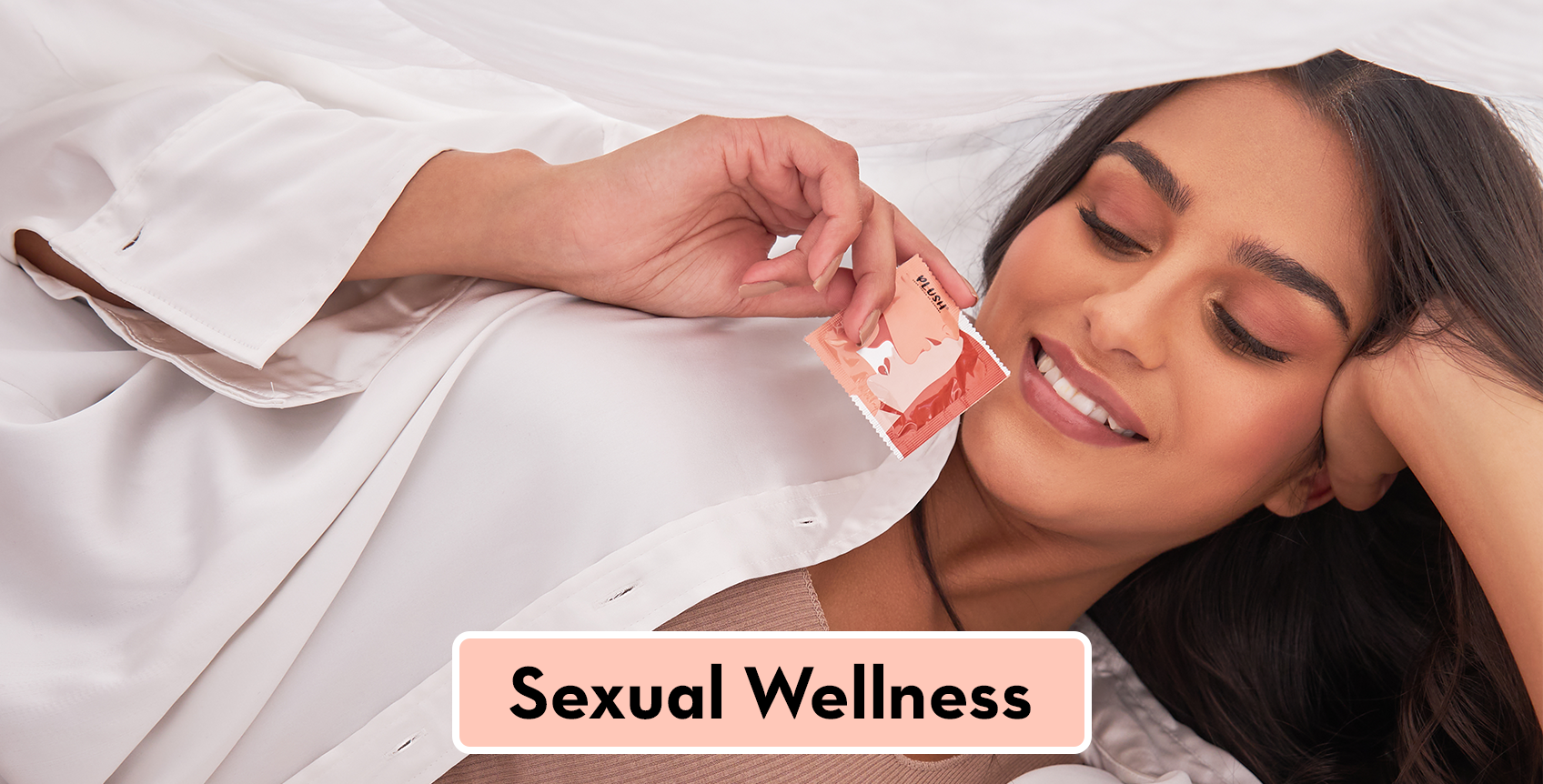Period Nutrition: Foods to Eat and Avoid During Your Cycle

We all know that our menstrual cycle can bring about all sorts of changes, from feeling a bit off physically to riding an emotional rollercoaster. Cramps, bloating, mood swings, and fatigue—these are just a few of the symptoms we might experience. But did you know that what you eat can make a big difference in how you feel during this time?
That’s right! The right foods can help ease discomfort, boost your energy, and stabilize your mood, making that time of the month a little more manageable. On the flip side, some foods can actually make symptoms worse. So, it’s all about knowing what to put on your plate and what to avoid. Let’s dive into this guide on period nutrition and find out which foods to eat and which ones to avoid during your cycle
Understanding Your Menstrual Cycle
The menstrual cycle generally spans about 28 days and is divided into four main phases: menstruation, the follicular phase, ovulation, and the luteal phase. Each phase involves hormonal shifts that can impact your appetite, energy levels, and overall well-being. Adjusting your diet to match these phases can help reduce negative symptoms and support your body’s needs.
FoodsEat During Your Period
- Leafy Green Vegetables: Leafy greens like spinach, kale, and Swiss chard are fantastic sources of iron, especially important during your period when iron levels may drop due to blood loss. These vegetables also provide magnesium, which helps reduce muscle tension and cramps.
- Hydrating Fruits : Fruits with high water content such as watermelon and cucumbers are excellent for keeping you hydrated. Bananas are also beneficial, as they are rich in potassium and vitamin B6, which can help minimize bloating and enhance mood.
- Lean Proteins : Include lean proteins like chicken, fish, and tofu into your diet. They help stabilize blood sugar levels and keep you feeling satisfied for longer periods. Protein is vital for tissue repair and maintaining muscle mass, particularly during the energy-draining days of menstruation.
- Variety of Fruits and Vegetables : Consuming a mix of fruits and vegetables ensures you get a broad range of vitamins, minerals, and antioxidants. Berries, oranges, and apples are rich in vitamin C, supporting your immune system. Vegetables like broccoli and bell peppers are high in calcium, which can help in reducing menstrual cramps.
- Nuts and Seeds : Nuts and seeds such as almonds, walnuts, flaxseeds, and chia seeds provide healthy fats, protein, and fiber. They are also rich in magnesium, which can help relax muscle tension and reduce cramps.
- Dark Chocolate : For those with a sweet tooth, dark chocolate (at least 70% cocoa) is a good option. It is rich in magnesium and iron, which can boost your mood and satisfy sweet cravings in a healthier manner.
- Water : Hydration is key. Drinking plenty of water helps prevent bloating and can reduce the likelihood of headaches, a common symptom during menstruation.
Foods to Avoid During Your Period
- Salty Foods : High-sodium foods like chips and processed snacks can cause water retention, leading to bloating and discomfort. Reducing your salt intake can help alleviate these symptoms.
- Sugary Foods : Sugary foods and drinks can lead to blood sugar spikes and crashes, resulting in mood swings and fatigue. Opt for natural sugars found in fruits instead of candies and sodas.
- Caffeine : Caffeine can increase anxiety and worsen menstrual cramps. If you’re sensitive to caffeine, consider cutting back or switching to herbal teas.
- Alcohol : Alcohol can dehydrate you, worsening headaches and bloating. It can also disrupt sleep, which is vital for managing menstrual symptoms. Limiting alcohol intake during your period can help you feel better overall.
- Processed Foods : Processed foods often contain unhealthy fats, sugars, and additives that can disrupt digestion and increase inflammation. Sticking to whole, unprocessed foods will support your body during your cycle.
Customizing Your Diet to Your Cycle Phases
- Menstruation Phase (Days 1-5) : During menstruation, focus on restoring lost nutrients. Consume plenty of iron-rich meals, including leafy greens and lean meats. Include anti-inflammatory foods like berries and almonds to ease cramps and discomfort.
- Follicular Phase (Days 6-14) : In the follicular phase, your body is preparing for ovulation. Energy levels usually rise, so it’s a good time to consume nutrient-dense foods. Whole grains, lean proteins, and plenty of fruits and vegetables can help maintain this energy.
- Ovulation Phase (Days 15-17) : During ovulation, your body might experience a peak in energy and mood. Focus on balanced meals with a good mix of proteins, healthy fats, and complex carbohydrates to support your active lifestyle.
- Luteal Phase (Days 18-28) : In the luteal phase, PMS symptoms like bloating and mood swings might appear. Prioritize magnesium-rich foods like nuts and dark chocolate, and reduce salty and sugary foods to prevent these symptoms.
Additional Tips for Period Nutrition
- Listen to your body : Pay attention to how your body responds to various foods. Everyone is different, so what works for one person may not work for another.
- Small, Frequent Meals : Eating smaller, more frequent meals will help keep blood sugar stable and prevent overeating.
- Supplements : If you find it hard to get all the necessary nutrients from your diet, consider taking supplements, such as iron or magnesium, after consulting with a healthcare professional.
In Nutshell
Managing your diet during your menstrual cycle can significantly impact how you feel. By focusing on nutrient-rich foods and avoiding those that can exacerbate symptoms, you can make your period more manageable. Remember, every body is unique, so it might take some time to figure out what works best for you. Eat a balanced diet, stay hydrated, and listen to your body’s needs to navigate your cycle with more ease and comfort.

Leave a Message
This site is protected by reCAPTCHA and the Google Privacy Policy & Terms of Service apply.





